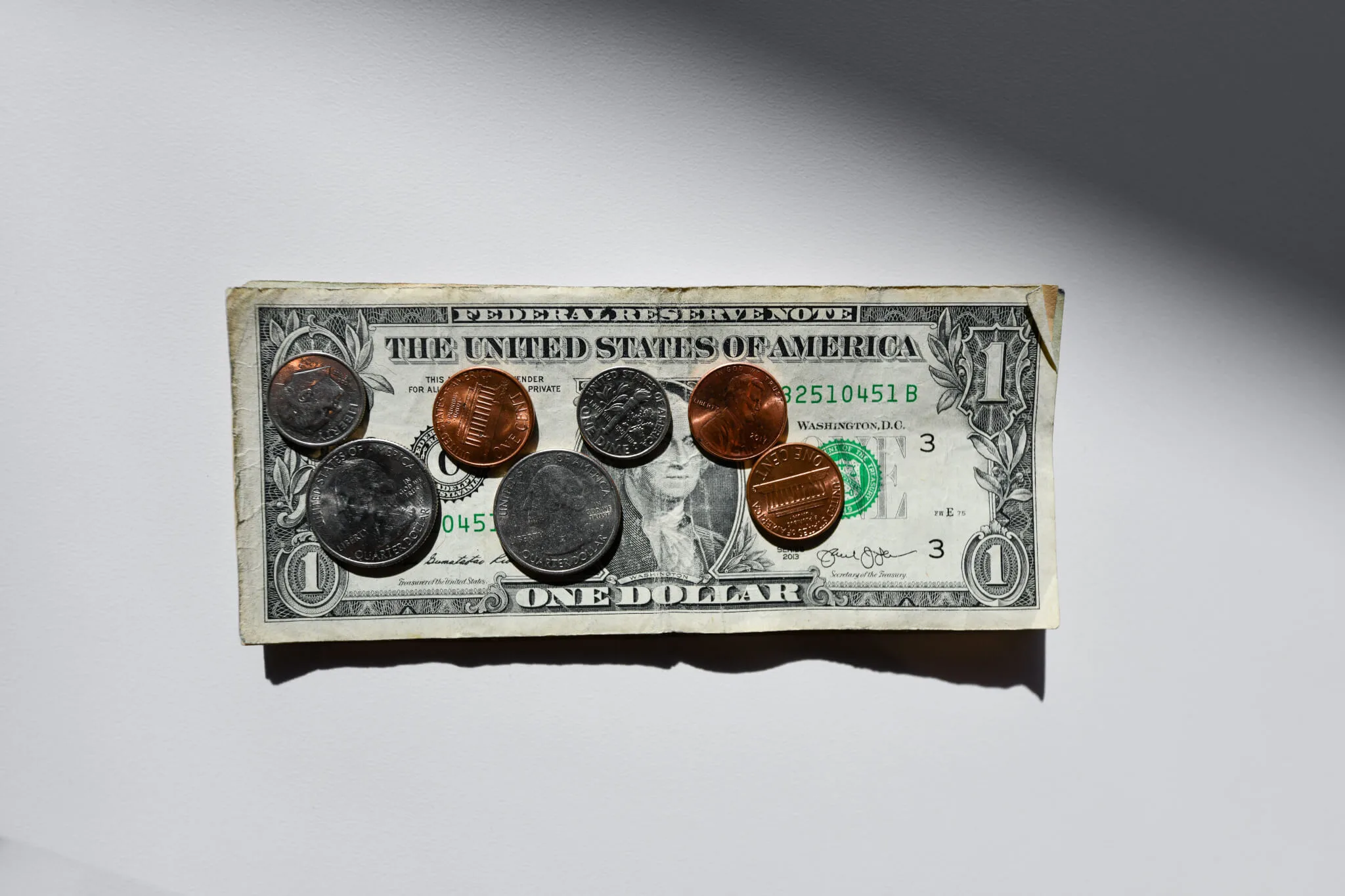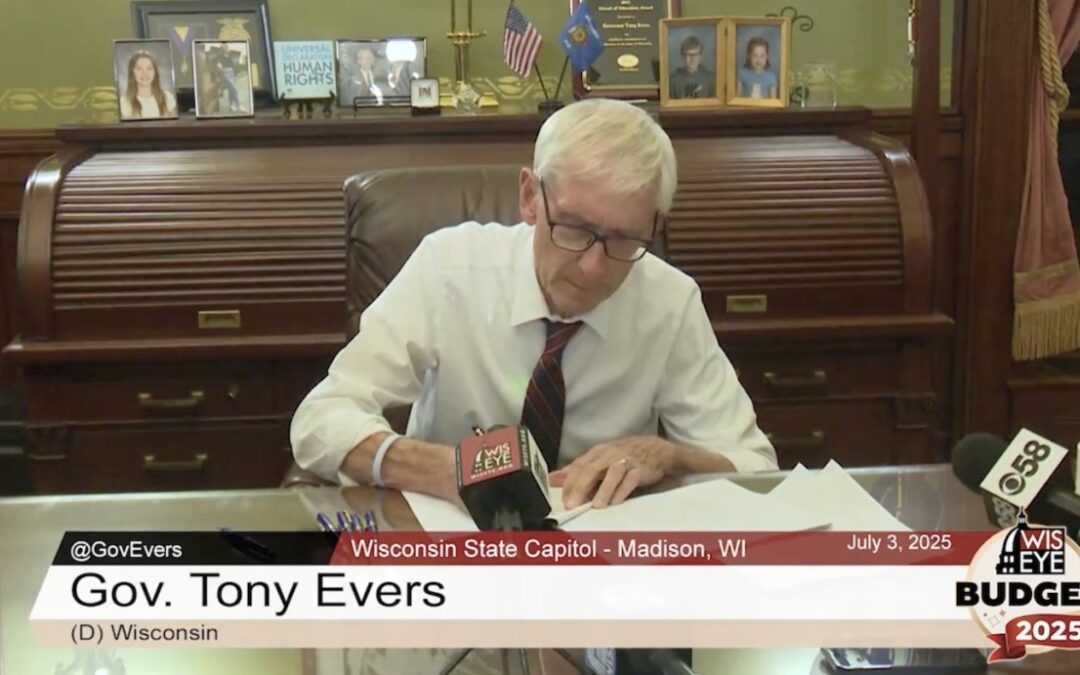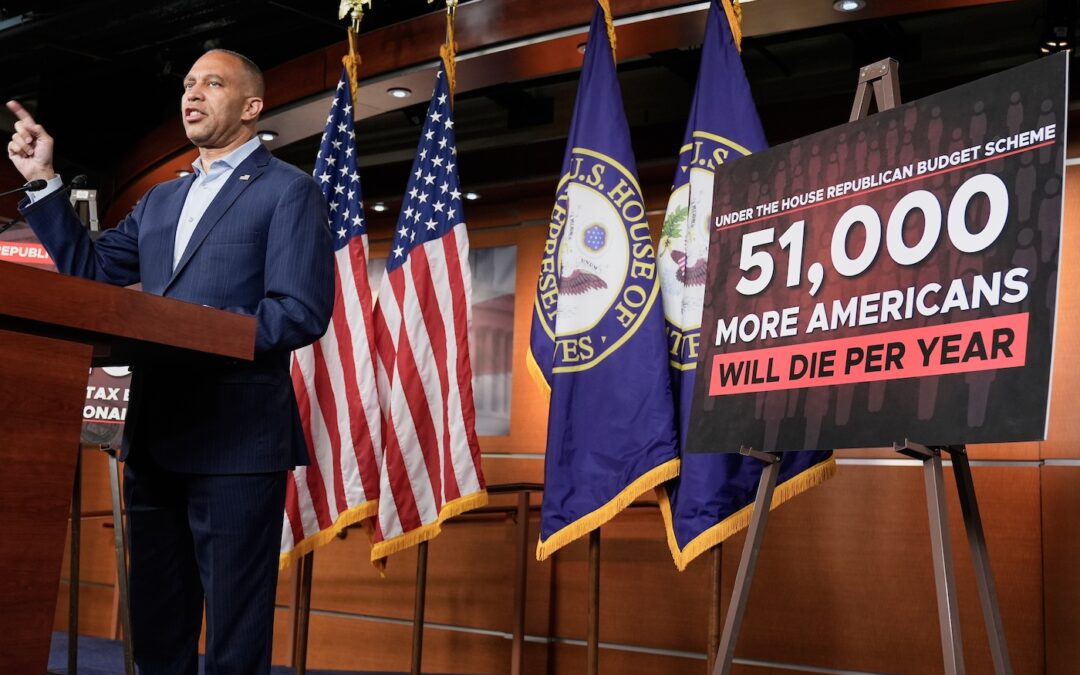
(Photo via Unsplash)
When it comes to tipping, figuring out the correct amount to give was difficult enough before we entered a pandemic. Nowadays, the art of tipping has taken on a life of its own as using delivery-based services becomes increasingly more common.
Do you really need to tip your Uber Eats driver 20%? Should you leave a tip at Starbucks when you’re placing a mobile order? Should tipping staples—like in-person dining and trips to the salon—automatically signify a higher percentage than delivered goods and digital services?
If you’ve been asking yourself these questions since 2020, don’t worry, we have, too. That’s why we came up with the ultimate tipping cheat sheet so you know the right amount to tip, and why it matters.
By the way: Remind your less-than-generous friends that you should always tip someone for a service—whether they’re dropping something off at your front door or making sure you’re properly caffeinated for the day ahead. The federal minimum wage is $7.25, which is common in many states throughout the country, with very few places offering more than that. Many workers depend on tips to make up the difference, especially since most service industry jobs notoriously pay low wages.
Restaurant rules to follow
The most socially acceptable gratuity range for in-person dining is between 15% to 20%, depending on the quality of service. Bankrate suggests leaving a minimum tip of 10% even if the service was poor. This is generally seen as a gesture of respect and good faith.
Of course, you’re welcome to tip over 20% if the service and dining experience were exceptional. The important thing to note is that some restaurants add an automatic gratuity to the check in specific circumstances, such as having a large party or if the bill has surpassed a certain number. In some cases, it’s just the business’ policy.
Pro-Tip #1: Always double check the bill when your server drops it off to make sure everything looks correct and to catch any (potentially unintentional) added fees before you calculate your final tip.
Pro-Tip #2: Need to calculate 15% of a bill quickly? First, find 10% of the bill by moving the decimal point in the total one space over to the left to make a smaller number. Ex: If a bill is $45.31, 10% of that would be $4.50. Half of that amount would be $2.25. Add those two together ($6.75) and that’s about 15% of the bill.
If math isn’t your strong suit (we totally get it) you can always use a tip calculator app on your phone to help you get the right percentage.
How much to tip bartenders and baristas
Over the last few years, businesses have been pivoting toward using digital tipping screens to facilitate a quicker checkout process. These screens commonly display tips in increments of $1, $2, and $3 as a base, while also having options for “No Tip” and “Other” where you can input how much you want to give outside of those set denominations. Some people opt for “No Tip” on their card and instead tip with cash at the register, which is totally acceptable when/if a tip jar is present.
Southern Living notes that tipping 15%-20% at coffee shops (chain stores and local establishments alike) is appropriate, especially if you’re ordering anything more complicated than a simple cup of brewed coffee. At a minimum, you should leave $1 when you’re getting coffee, whether you tip through your Starbucks app or you tip in person while retrieving your order.
When it comes to tipping your bartender, there are a few things bartenders want you to know in advance. Most importantly? Calculate your tip based on the total amount of your check, not the initial subtotal before tax. Another important rule? It’s good practice to tip at least $1 per beer and at least $2 per cocktail (since cocktails require more time and effort). Yes, that means if you’re ordering a round of drinks for everyone, you’re still tipping your bartender $1 per beer and $2 per cocktail.
After all, the person who’s helping to facilitate your good time out deserves a little recognition.
Should you tip delivery drivers? Yes, here’s how much
One of the biggest questions to arise regarding modern tipping rules is whether you should tip a delivery driver when you’re already paying delivery fees for apps like GrubHub, Uber Eats, DoorDash, and Postmates. The short answer is yes.
Newsweek highlights that most delivery drivers aren’t paid a livable wage, and 100% of the tip you leave on the app goes directly to the person who’s going to the restaurant to pick up your order and drop it off safely at your front door. The delivery fees that are automatically applied to your order go to the company—they don’t go to the drivers.
The amount you should tip is entirely dependent on if your order is small and easy to retrieve or if it’s a larger order that takes more time to deliver. For smaller, easier orders, tip at least 15%. For larger, more complicated orders, tip between 18%-20%. A complicated order is typically one that includes several bags and beverages and requires your delivery driver to make adjustments/accommodations to ensure everything gets to you in one piece (literally).
If you’re ordering pizza from a local place, you can give the driver a cash tip or add the tip amount to the delivery slip if you’re paying with a card. The same mindset applies here: Tip your delivery driver at least 15% (or a minimum of $2).
NOTE: For those wondering, “Should I tip when I’m picking up my takeout order myself?” AllRecipes suggests tipping 15% or at least leaving $1 or $2.
Miscellaneous tipping tips
For all salon and spa services, Bankrate suggests tipping somewhere between 18% and 20%. Getting your nails done? Tip 20% per nail tech who helped you at the salon (yes, that’s per nail tech). Getting a massage? Tip between 15% and 20%. Hairstylists and barbers should receive a 20% tip for the entire service (that’s including cut + color).
Ride sharing apps, such as Uber and Lyft, will display tip options for you throughout the journey. For these types of trips, you can tip around 10% to 20% of the fare total depending on how comfortable and efficient the ride is. If the app doesn’t give you the option to tip for some reason, give your driver some cash before you get out of the car.
Taxi services are a little different from ride sharing apps. On these occasions, tipping 15% to 20% of the total fare is customary.
We’ll say it again: Many people who work for tips rely on that money to earn a livable wage. Regardless of how much you tip, the important thing to take away is that tipping isn’t optional. Even if your service is subpar, try to have some empathy for the individual and remember that not leaving gratuity may make them receive fewer hours at work at a minimum, and at a maximum, it might make them late on personal payments.

WATCH: Two Wisconsin farmers think Trump’s tariffs are pretty sheepish
Les Danielson and Jeff Peck are a couple of Chippewa County farmers who are worried about the future and think Trump’s tariffs are pretty sheepish....

You’ve never seen a Wisconsin state budget like this. Here’s why.
With unprecedented speed, a bipartisan bill passes the Senate and Assembly and gets the governor’s signature—all in one night to avoid looming...

Review: Wisconsin winners, losers, and liars–the big beautiful budget mess and chaos in Congress
President Trump’s megabill will affect Wisconsin primarily through Medicaid and healthcare cuts. [Editor’s Note: Subscribe to our weekend political...

WATCH: One GOP senator stood up to Trump’s big, bad bill. Now, he’s quitting.
Wisconsin and North Carolina are known as “swing states,” evenly divided among Democratic and Republican voters. But there’s no similarity in how...





